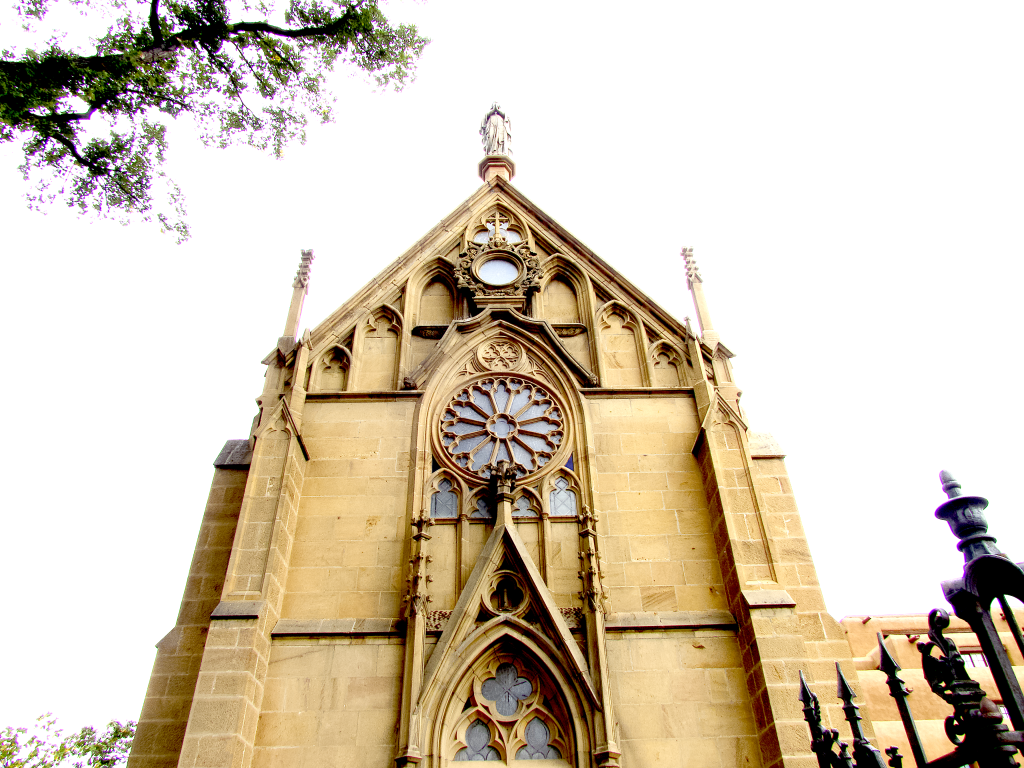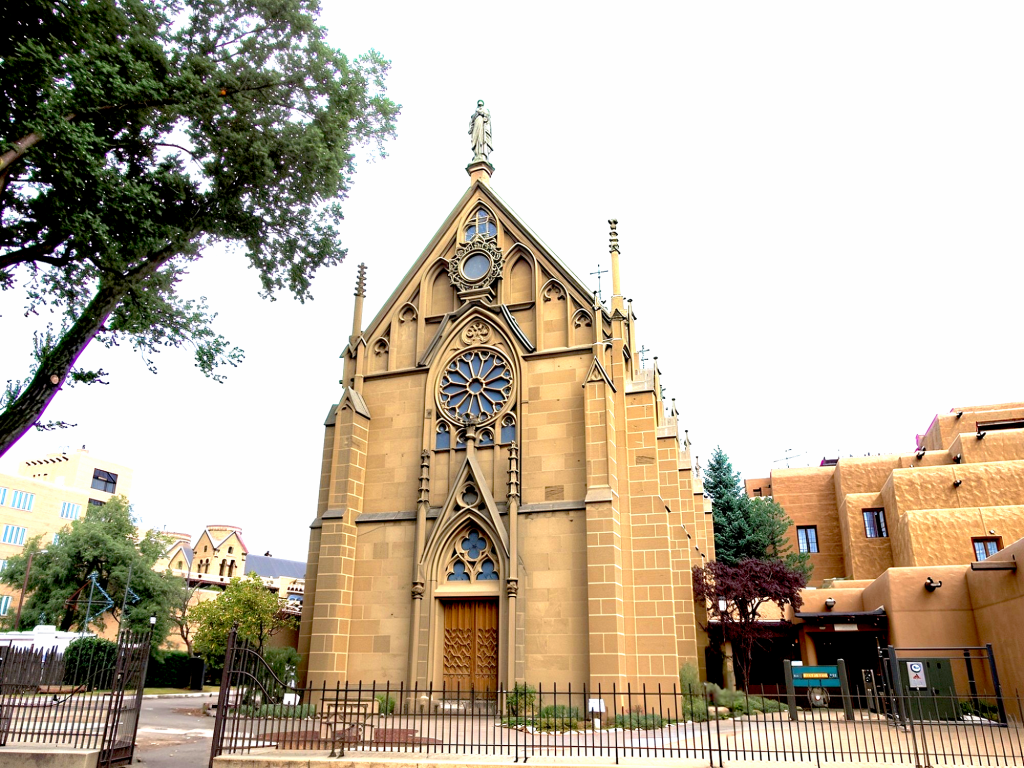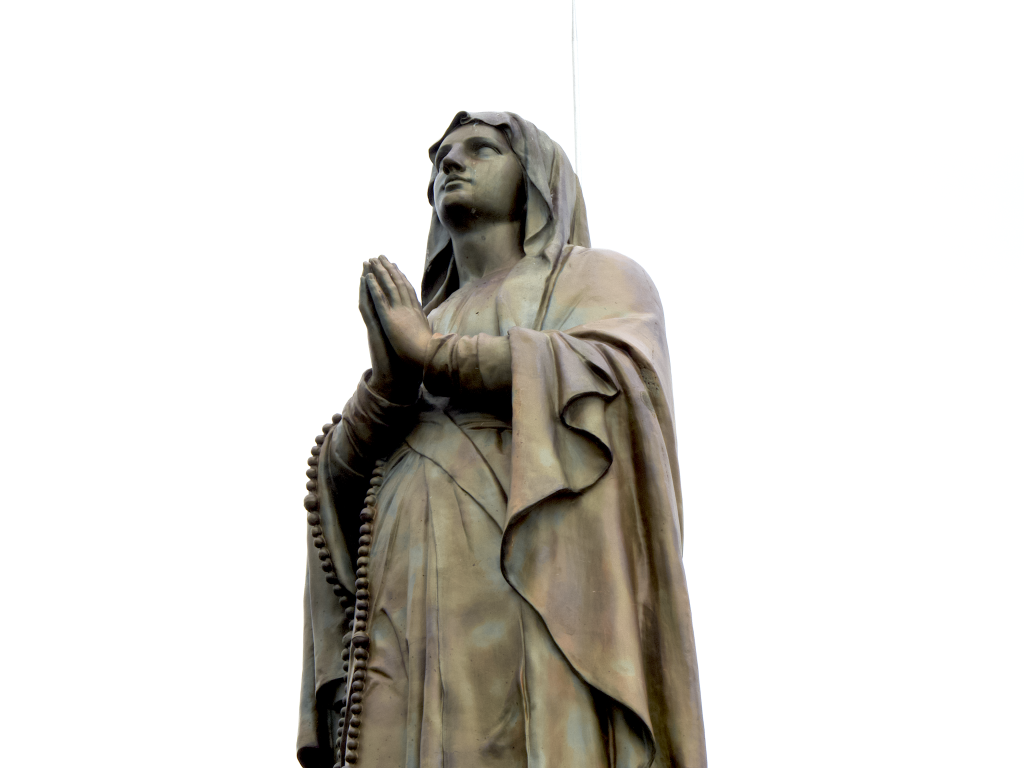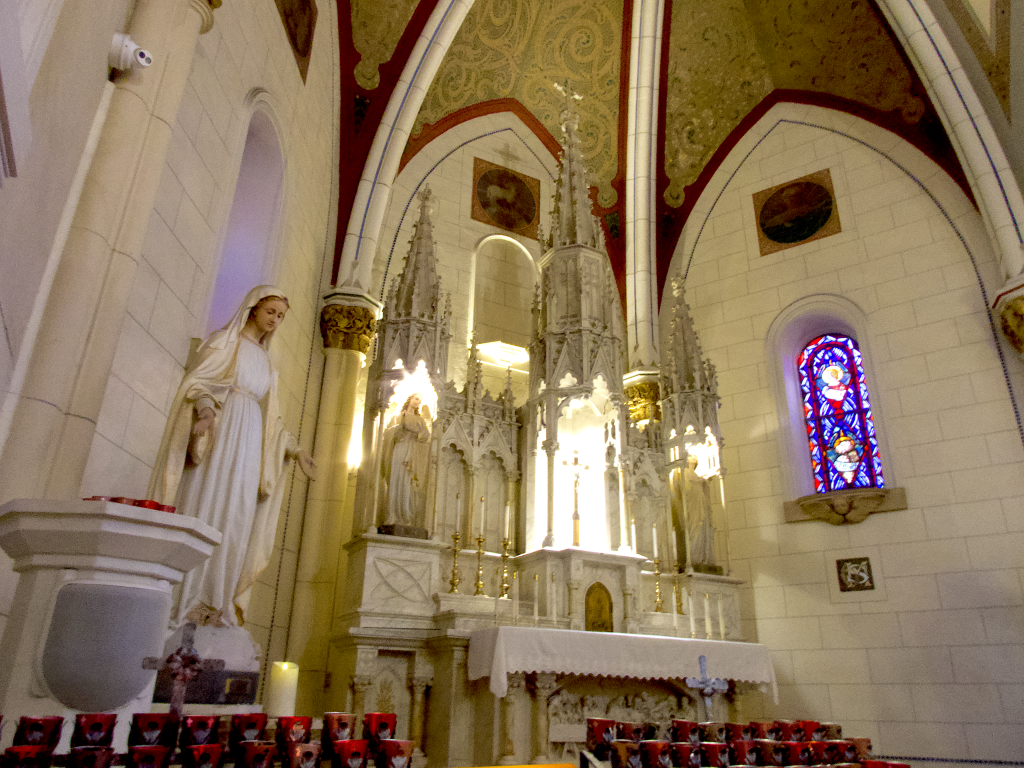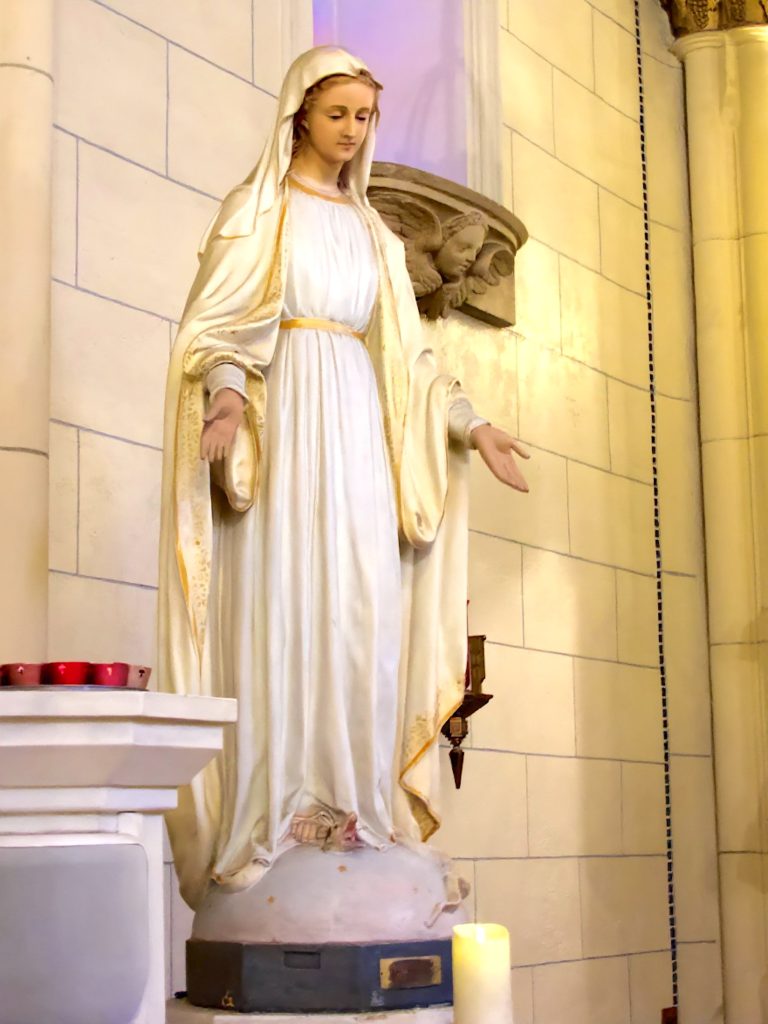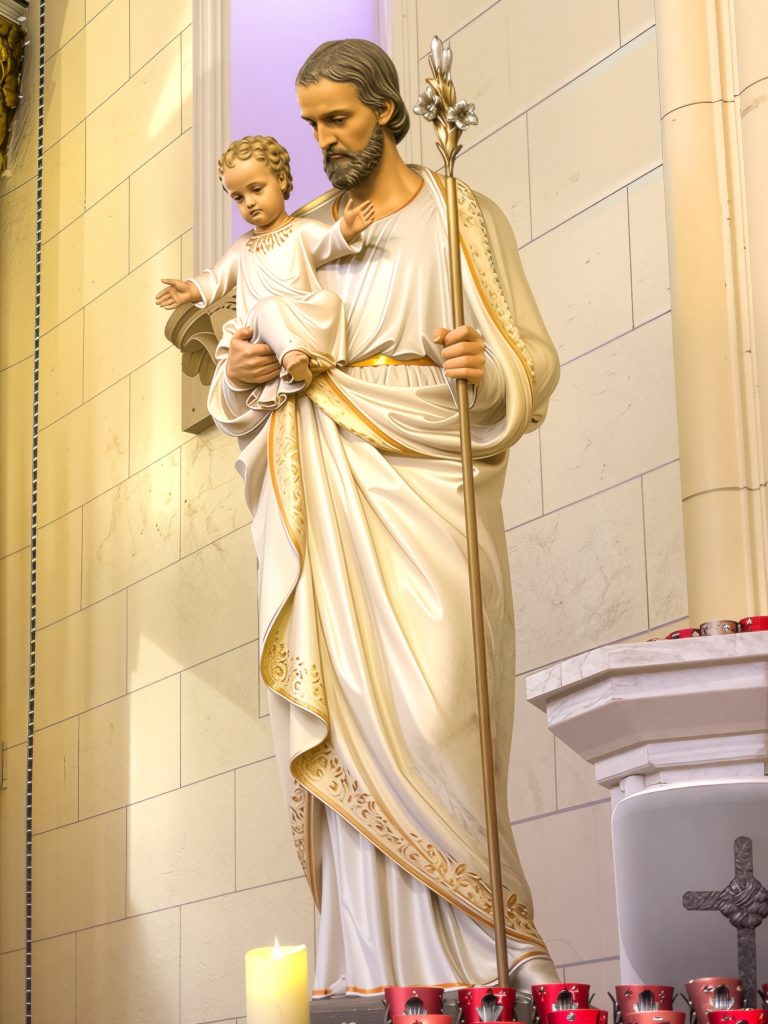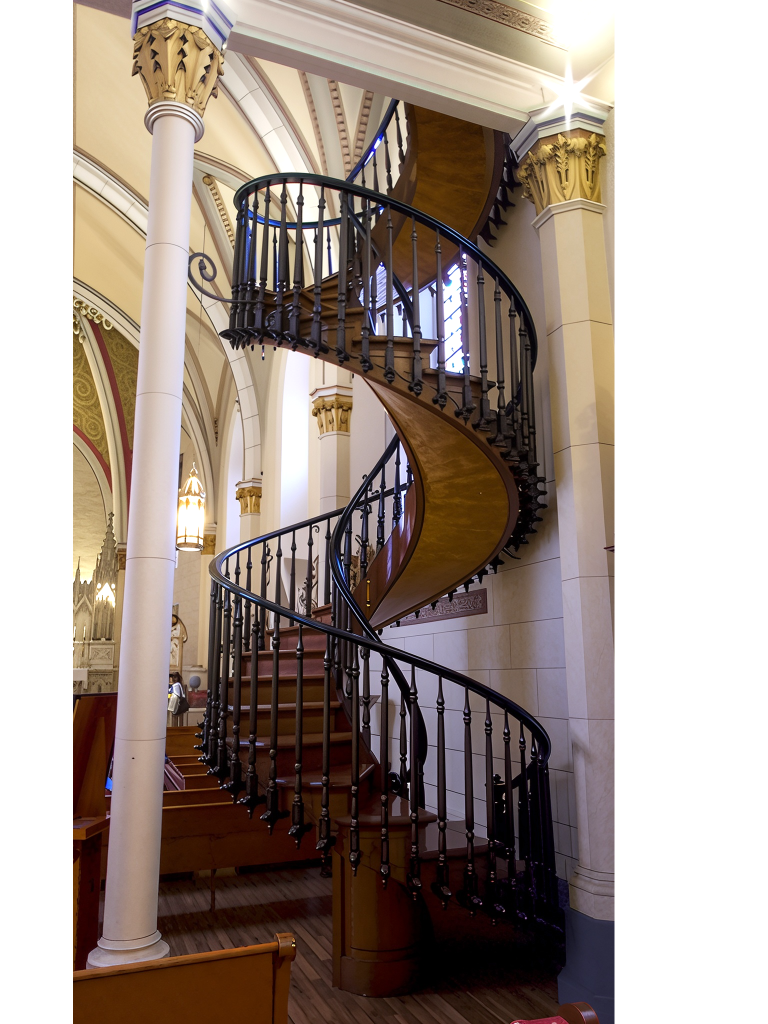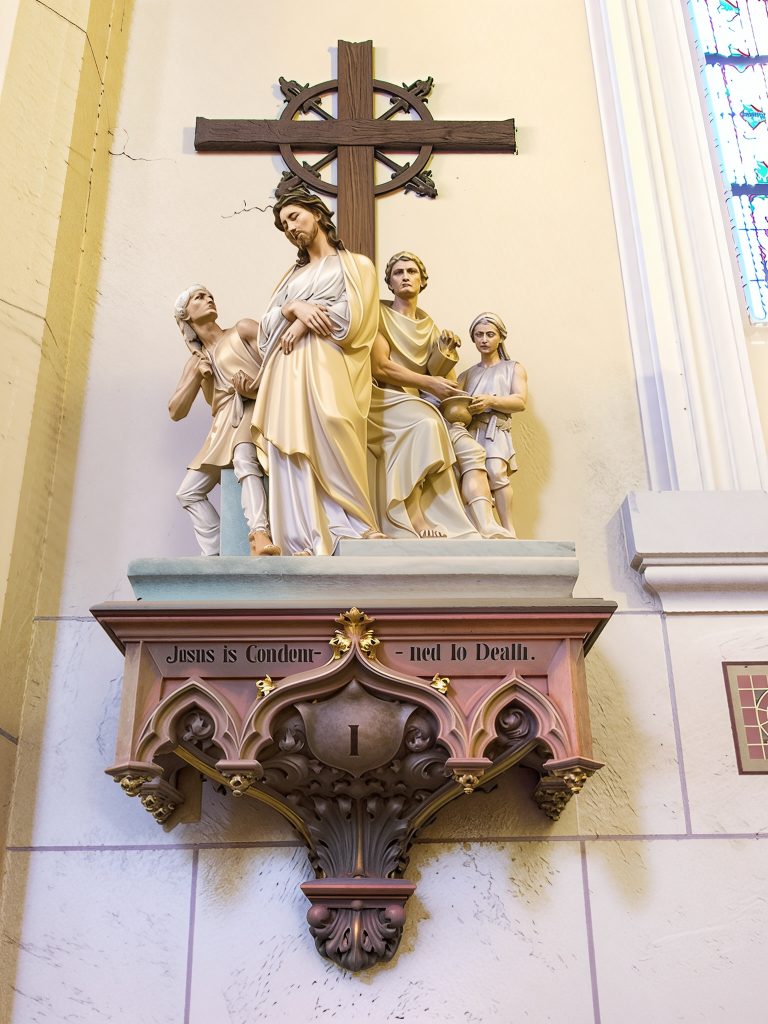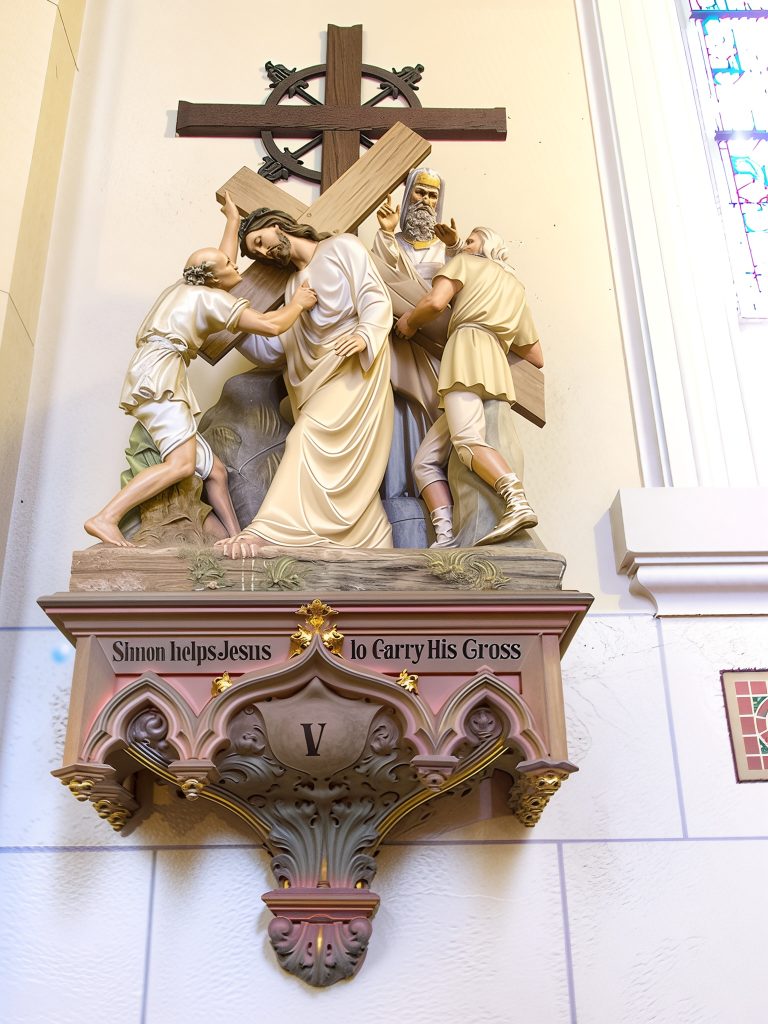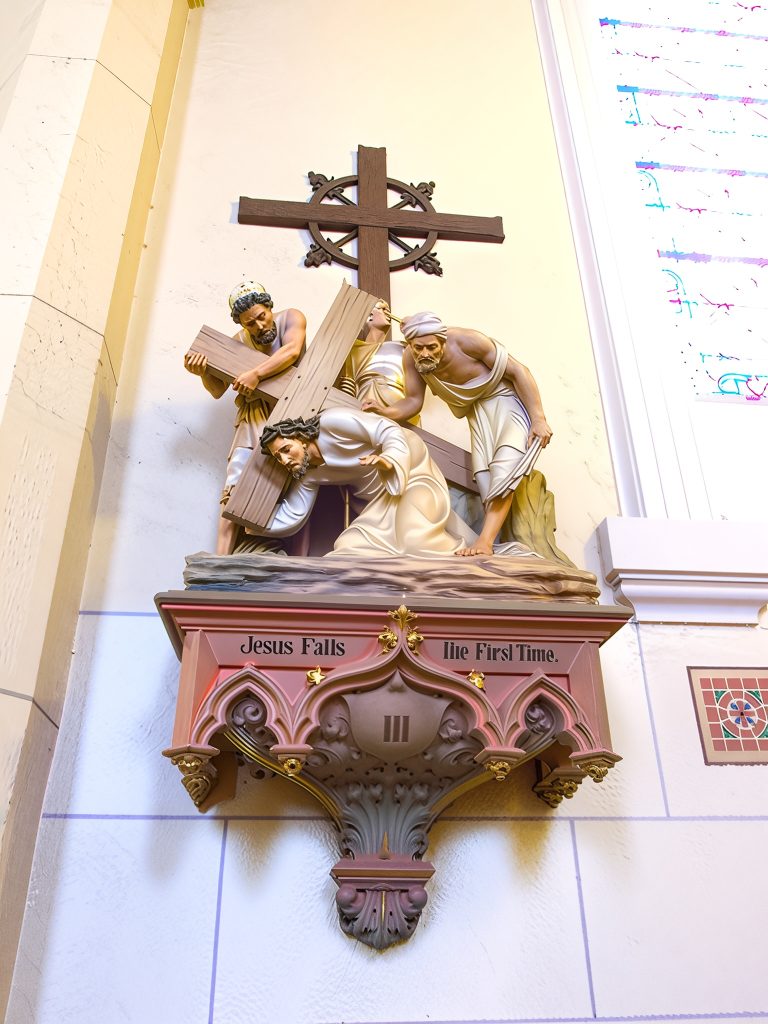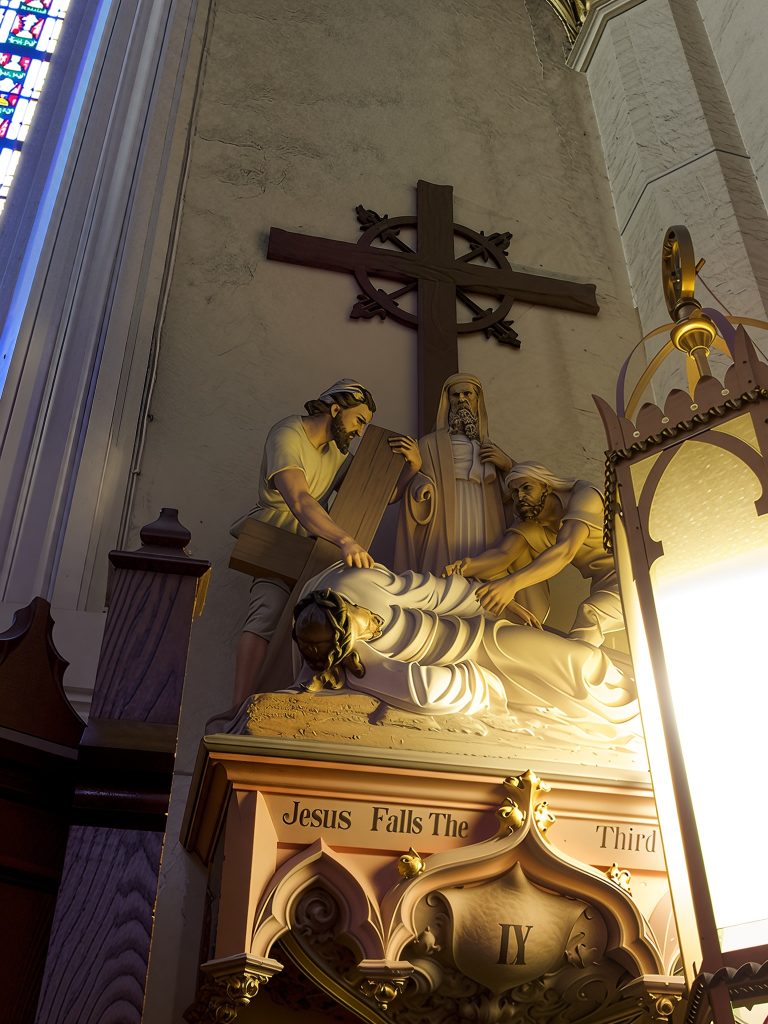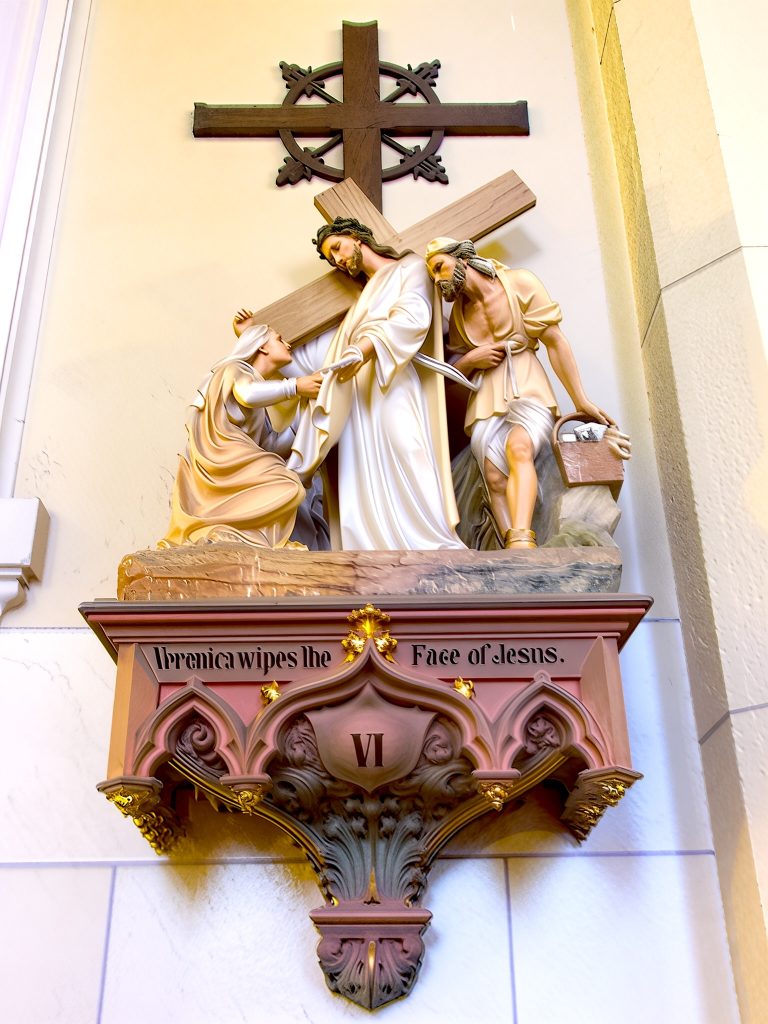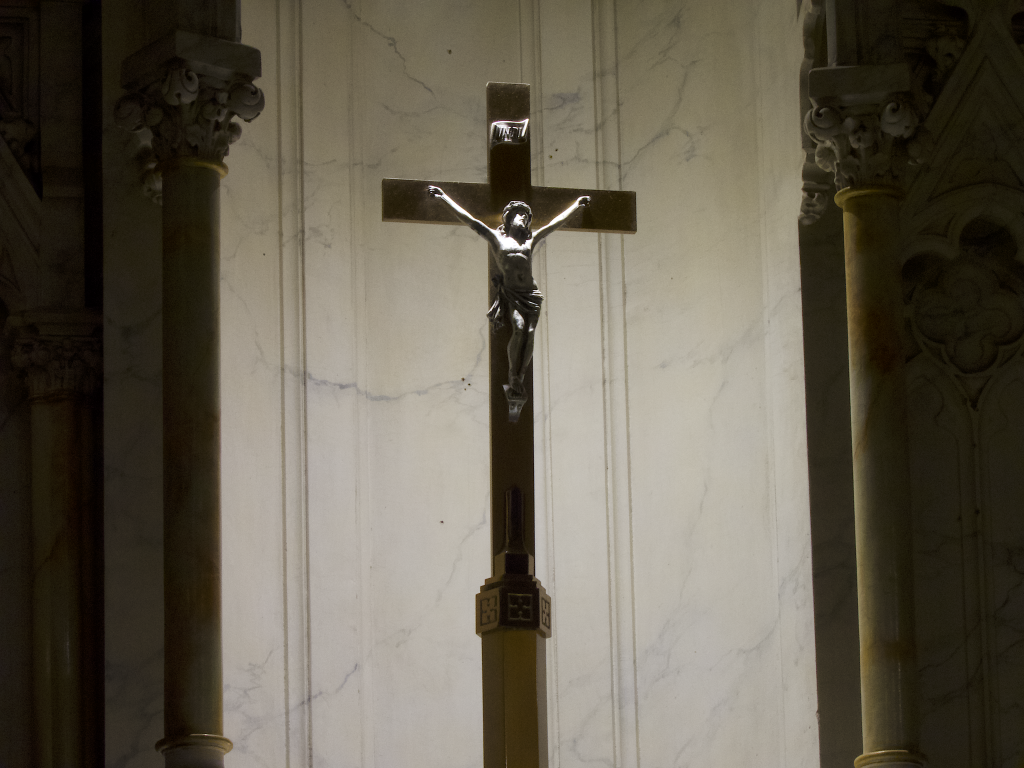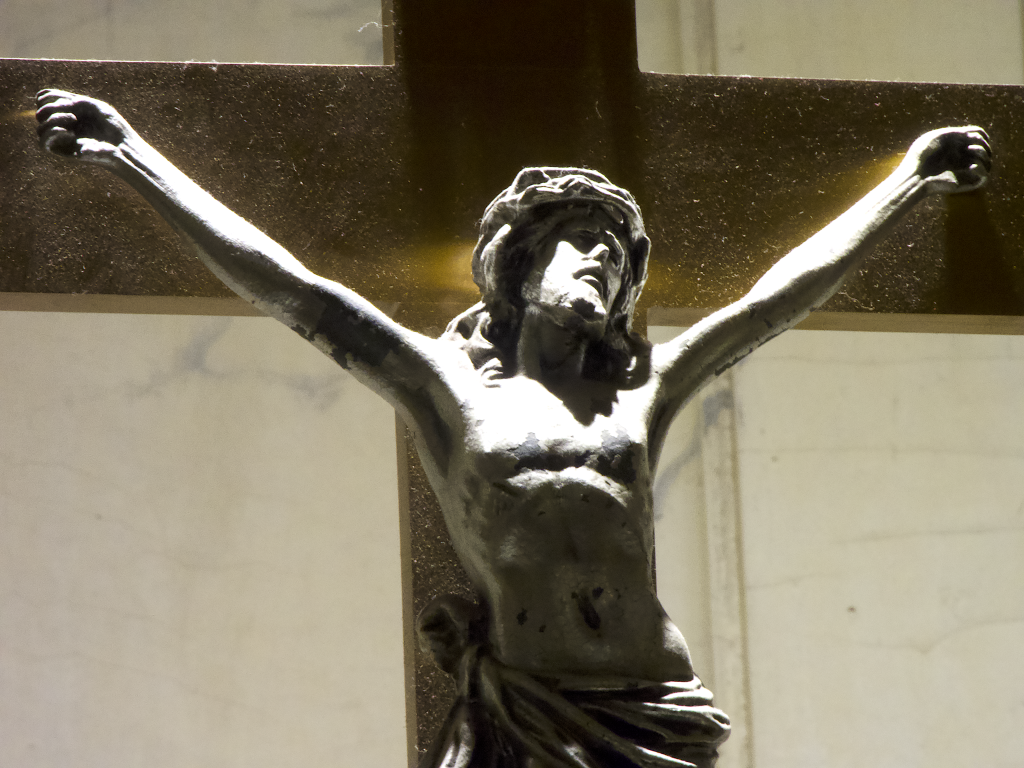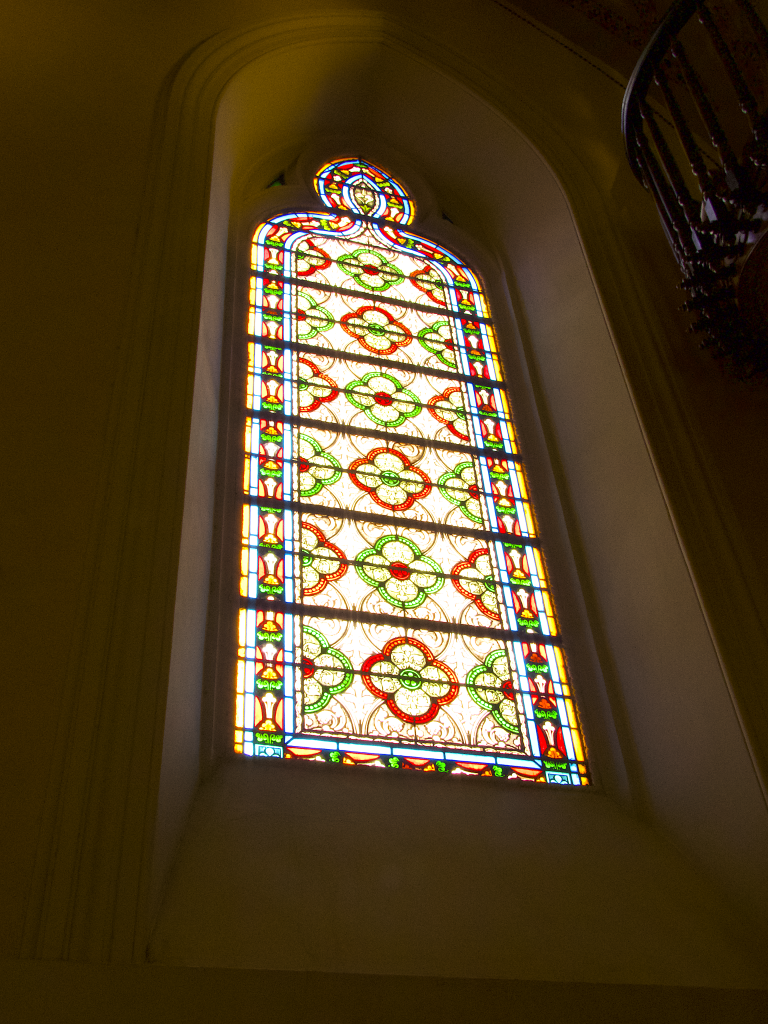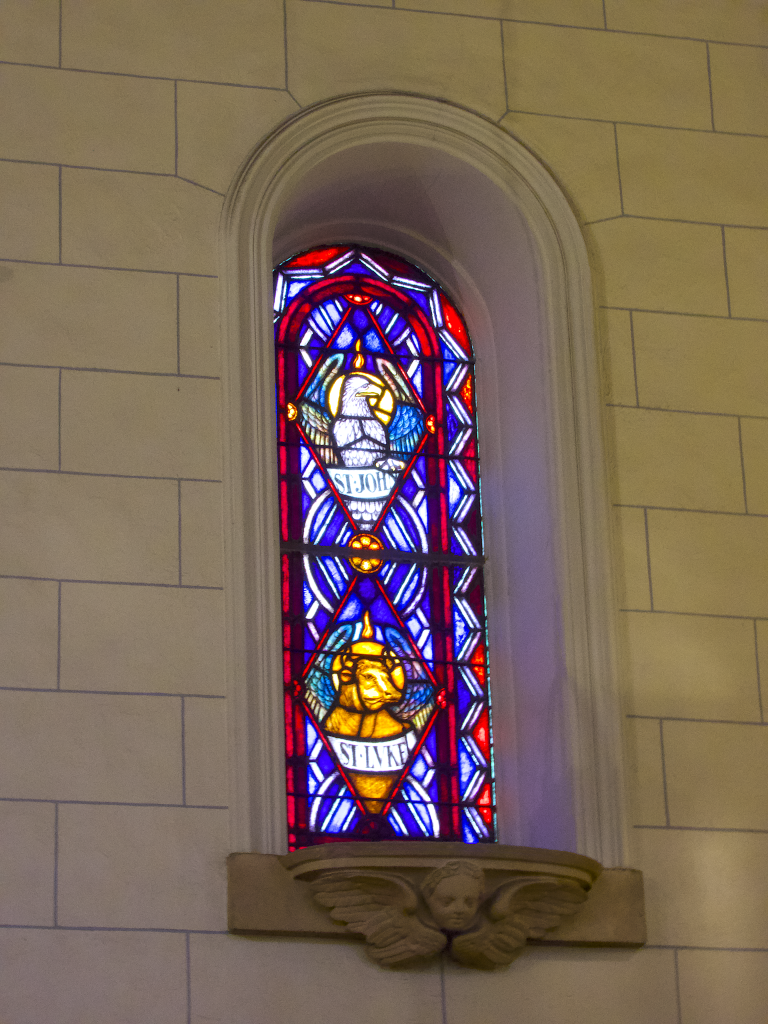Nova Members:

Loretto Chapel
Nestled in historic Santa Fe, New Mexico, the Loretto Chapel (also known as the Chapel of Our Lady of Light) is a striking example of Gothic Revival architecture in the American Southwest. Commissioned in 1873 and completed in 1878 under architect Projectus Mouly (with earlier planning by Antoine Mouly), the chapel features stone walls, soaring arches, and stained-glass windows imported from France.
What truly sets Loretto apart—and makes it a beloved subject for photographers—is its legendary helix-shaped spiral staircase (often called the “Miraculous Staircase”). The staircase climbs about 20 feet in two full turns, without a central support column, which has fueled wonder, speculation, and legend. Local lore holds that after divine pleas (a novena to St. Joseph), a mysterious stranger appeared, built the staircase with minimal tools, then vanished, never collecting payment. Over time, researchers have proposed that a French carpenter named François-Jean “Rochas” was the likely builder, though the “miraculous” narrative remains deeply woven into the chapel’s identity.
For photography, Loretto offers:
- Dramatic angles & contrasts — the spiral’s sweeping curves juxtaposed with the chapel’s vertical lines and stonework
- Play of light — colored light from stained glass filtering across the staircase and chapel interior
- Intimate detail — fine woodwork, joinery, balustrades, and the craftsmanship in shadow
- Mood & story — the staircase itself tells a visual legend: mystery, faith, engineering, and artistry
Today the chapel is no longer used for regular worship but serves as a museum and event space, most notably weddings, and is privately operated for preservation and public viewing.
